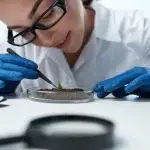
While it may be difficult these days to find a topic where a majority of people can see eye to eye, one thing California cannabis consumers can all agree on is the new legal market has suffered so far from a distinct lack of flavor.
When I say “flavor,” I’m not just talking about the terpenes that make some strains taste like berries and cream and make others taste like pine trees and jet fuel, although there is a lack of terps on the market as well.
No, I am talking about the authenticity, the culture, the old-school feeling you get every time the cannabinoids flood your receptors…the flavor!
California’s convoluted licensing process kept a lot of legacy operators who quite literally planted the seeds for cannabis reform from entering the regulated market. In turn, a lot of the grassroots vibe that Cali is known for was also left out, and this is evidenced by dispensary shelves up and down the state lined with a wide variety of overpackaged but under-loved brands.
As in most industries, today’s highly refined cannabis consumer seeks brands and products they can trust. What makes legal weed so unique is consumers also seek brands that authentically evoke a nostalgic emotion—that rebel spirit so many of us experienced while coming up through the darker days of prohibition.
Two men with deep roots in cannabis culture, and who can certainly relate to the intangible yearning to return to those roots, are Tim Blake and Harry Rose. They have come together for a collaboration that could prove to be just what the doctor ordered for the ailing Cali cannabis market.
Real recognizes real
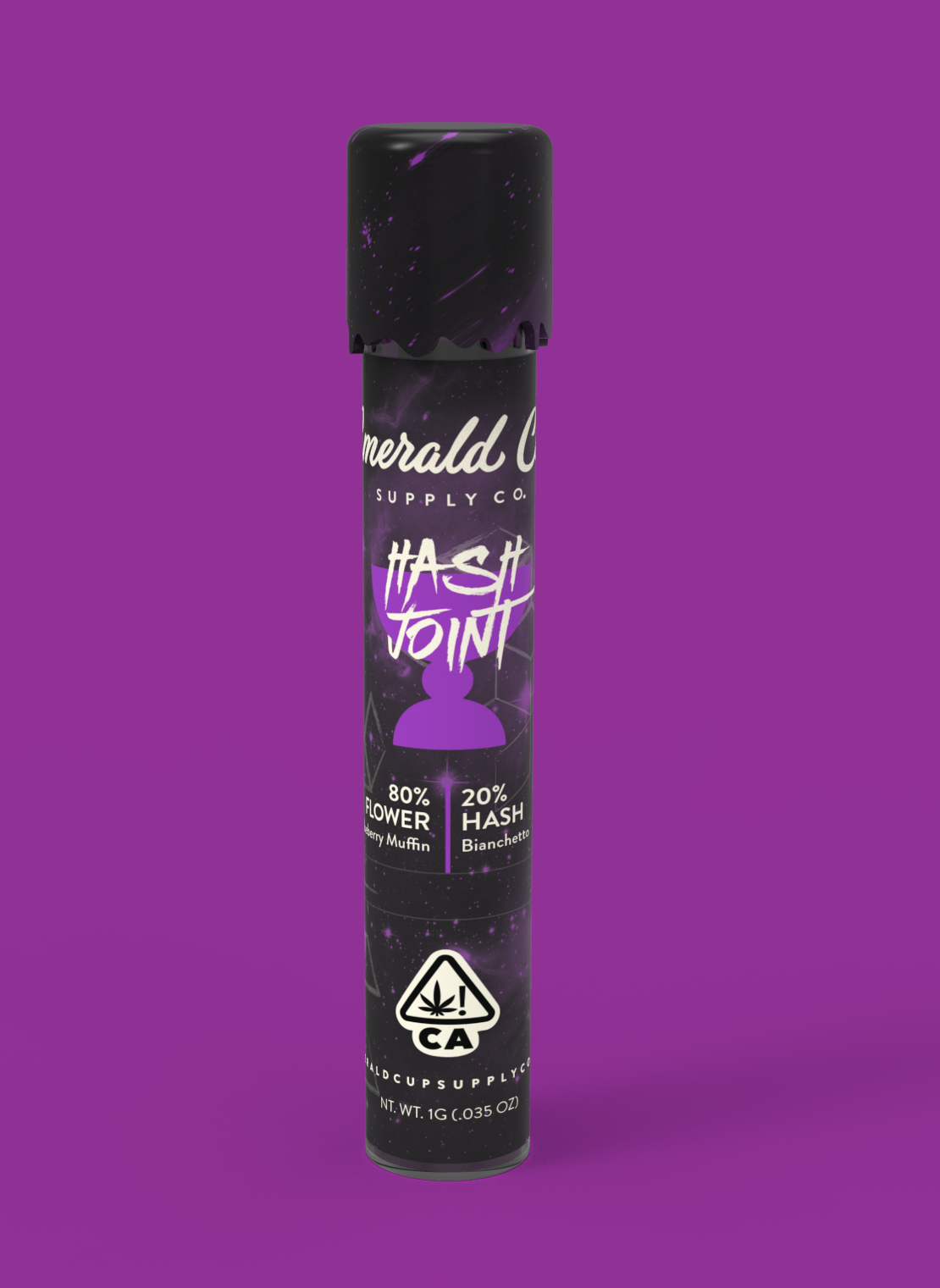
Many folks know Tim Blake as the founder of The Emerald Cup, the annual celebration of the annual outdoor cannabis crop and the gathering of the tribe, which takes place each December in northern California.
Authenticity. Culture. Trust. The Emerald Cup deals deep in all three and has persevered for more than seventeen years on that foundation.
What you may not know about Blake is that he is a longtime cannabis farmer, a cancer survivor, and an outspoken advocate and policy influencer for the plant that has played a beneficial role in his life for close to fifty years.
As far back as high school, Blake was breaking down bricks of Mexican bud into “lids” he’d peddle to his peers. It was never a get-rich-quick affair, but it taught him more than anything he’d learn in math class. It was simple: 2.2lbs equals 34 lids. He’d move thirty or thirty-one of those bags and keep one or two for himself, along with $20 or so to blow over the weekend and enough cash left over to buy the next brick.
Throughout the 1980s, Blake witnessed the height of cannabis imports coming into the United States. Bricks of Mex, thousands of pounds at a time of Thai weed and hash, all of it touching down on the West Coast before being divvied up and clandestinely distributed across the country.
He remembers making the drive to Mendocino to score pounds of weed, but the bulk was coming from overseas. He also distinctly remembers a close friend pulling him aside one day and showing him the most beautiful bud he had ever laid eyes on. It would later take on names like “The Grease,” “The Chron,” and “The Magic,” but the message was it had been grown indoors, under electric lights and, his friend told him, was going to be the next step ahead of the law.
You see, around the mid-’80s the DEA had settled into its lazy anti-cannabis stance and the feds had started to build and fill privately owned for-profit prisons that could not afford to have empty beds. With cannabis farmers as low-hanging fruit, almost overnight the feds made it extremely dangerous to get caught dealing pot.
Sure enough, it wasn’t long before all the large loads of smuggled cannabis got seized and actions that may have previously led to a several-months stint behind bars could now carry a ten- to twenty-five-year sentence. In fact, a lack of DNA evidence is all that cut short a multi-year term for Blake, who still did six months of county time for his role in the swashbuckling era in the cannabis history, getting popped with an indoor grow and the only Thai and Mexican on the West Coast at the time.
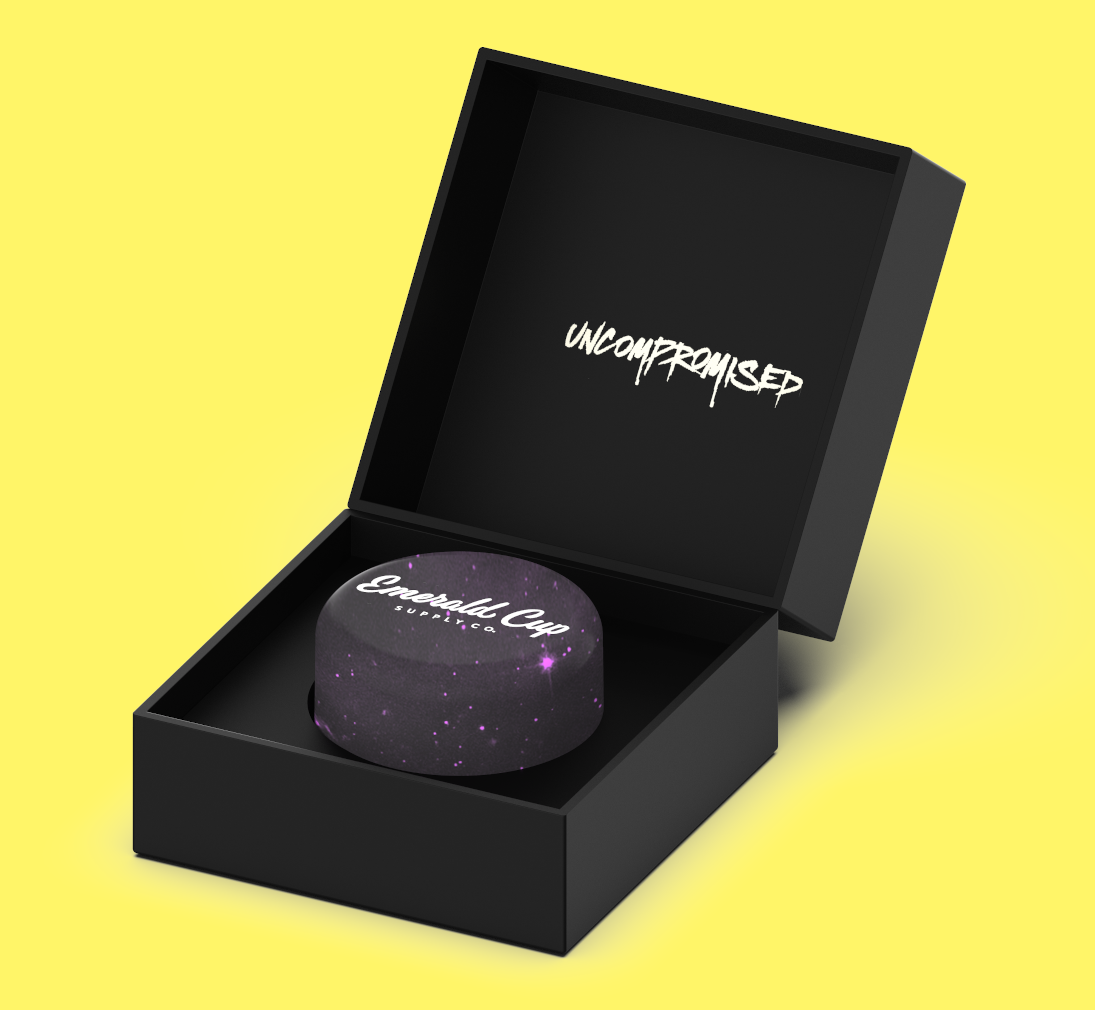
In 1992, back on the streets, Blake moved to Mendocino full time and has never looked back. For more than a decade, indoor farmers in the region were able to grow their weed without too much interference from local enforcement.
“Back in those days, they couldn’t get a warrant without probable cause,” Blake explained. “They couldn’t use military aircraft either so, basically, if you didn’t let anybody into your ranch, and if you had control over your workers, they really couldn’t get warrants on you.”
The biggest threat, he went on to explain, was from contractors or suppliers you had to let onto the property on a regular basis, like the fuel truck. “They all became part of the business,” Blake said. “In fact, the fuel guy not only brought the gas in, he brought the pot out because he was the safest way to get it off the ranch.”
See? That’s the flavor I’m talking about.
It was in the midst of this tangle of marijuana and outlaw culture that Blake came up with the concept for The Emerald Cup, and he has spent the past seventeen years weaving it into the tapestry of California’s cannabis history.
Through this same time frame, Blake had an active role in local and state-level politics, helping to shape pro-cannabis legislation and elect pro-cannabis candidates. A family friend finally convinced him to put his vast knowledge into an actual plant-touching brand, and Emerald Cup Products was formed. It evolved into Emerald Cup Supply Company.
From the grassroots of cannabis activism to center stage at The Emerald Cup, Blake has crossed orbits with almost everyone of influence in the cannabis universe. So, when he started telling me about a man named Harry Rose and used the phrase “Harry is the finest, most knowledgeable, and most intelligent cannabis person I have ever met, bar none, across the board,” let’s just say that piqued my interest.
Won’t you be my neighbor?
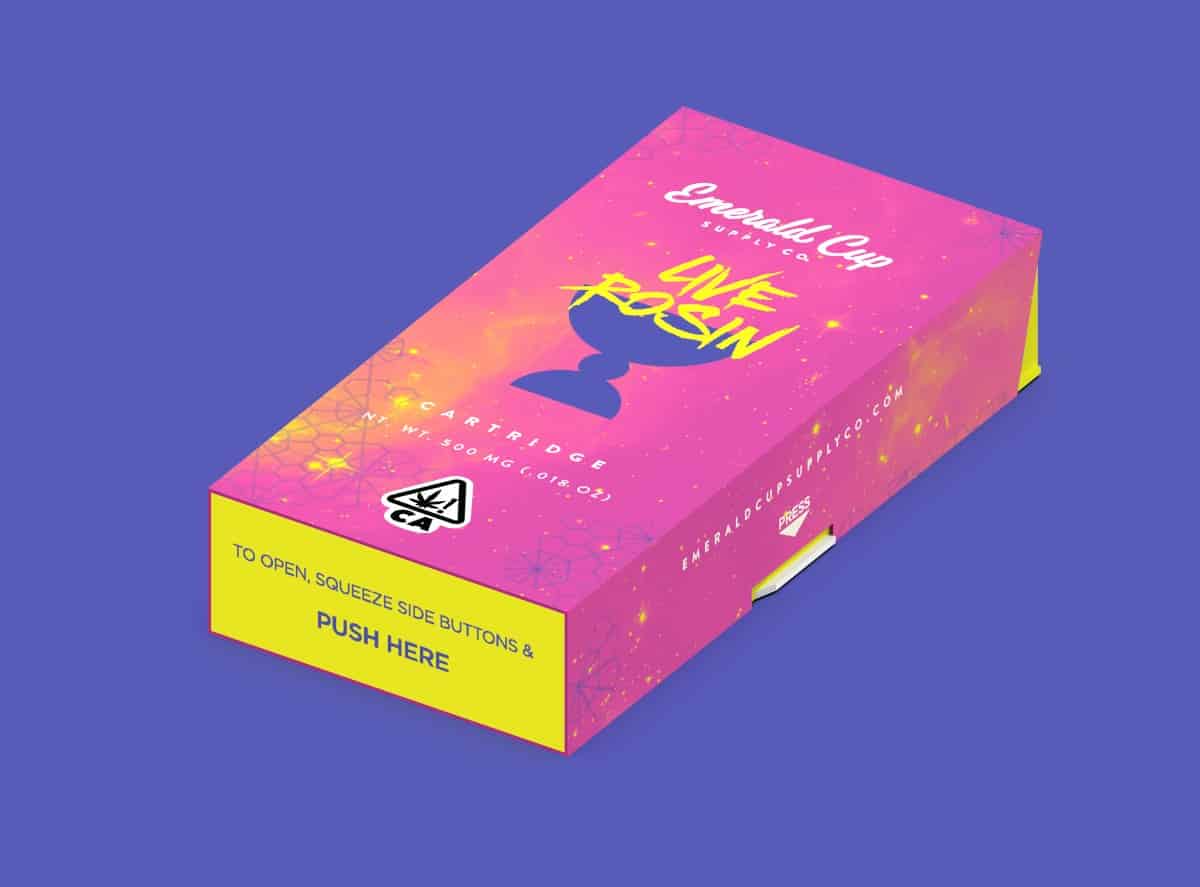
Like Blake, Harry Rose discovered his passion for cannabis as a teenager but, unlike Blake, Rose had his epiphany on the East Coast, growing up in New York City. Even at the age of 13, he was fascinated by the ability for a plant he grew to have such a significant effect on him once he harvested and consumed it. Tending also to a modest vegetable garden, Rose’s green thumb was encouraged by his parents, though they could never have foreseen where it would lead him in the years to come.
Rose was particularly inspired by his father, upon whom who he heaps praise similar to that which he receives from Blake. Rose’s father was a mechanical engineer credited with, among other things, inventing the EKG machine. The elder Rose was called upon to lend his expertise to NASA, playing a role in America’s first mission to the moon. So, yeah, the bar was high for Harry, but the plant still softly called.
At the age of 15, Rose accompanied his parents on a family trip to Europe where he witnessed firsthand the opening of the Sensi Seed Bank, a pivotal moment in cannabis culture and for the aspiring young cultivator who regarded the Dutch breeding culture as gospel.
Up until this time, the only seeds he could get his hands on were bagseed—the unintentional byproduct of half-baked growers around town. He eventually upgraded from a “far-from-optimal” outdoor guerilla grow operation in the woods behind his house to a single-light setup right in his bedroom…a Phototron v1 unit ordered from High Times. Remember the tagline?
“The amazing Phototron, the growing system that will double the growth rate of any plant, double the number of budding sites and double the potency.”
He laughs now telling the story in hindsight, but it is those details and those moments that get right to the heart of authenticity and culture.
Rose, by all outward appearances, was a typical 1980s teenager. He loved two things: weed and music. His love for live music led to a gig on the road with a local band working as a lighting designer. “One tour bus led to another,” as Rose put it, and the mechanical mind he inherited from his old man proved to be a very valuable asset in the new world in which he found himself.
After countless late, loud nights, Rose was widely recognized as a master electrician, programmer, and rigger and eventually found himself performing contract work to help Microsoft launch the Xbox, Google launch its search engine software and Android platform, and Apple then flew him all around the world working on all the latest product reveals for Steve Jobs.
Rose was living in Petaluma at that time but working 100-plus-hour weeks and traveling regularly. A string of back injuries spilled into worsening health, and doctors struggled to offer any real solutions. His condition began to deteriorate rapidly around the year 2000, when he was officially diagnosed with an autoimmune disease. Work was not an option, as Rose found himself trapped in his house, strung out on varying concoctions of ineffective prescription medications as he sought relief from his worsening health. He was on track to slip from palliative care to hospice, or end-of-life, care.

Western medicine had failed Harry Rose. He was dying.
Rose recalled, “We had just had our first child, though… I wasn’t ready to check out.”
Living in Humboldt and still growing his own cannabis after all those years, Rose immersed himself into cannabinoid research, which was extremely scarce at the time. He happened to come across an article about a lady in Kansas who bought bags of weed off the streets to make her own crude version of cannabis oil. The article claimed she had conquered the very monster that was threatening to take Rose’s life. This was before the Rick Simpson/Phoenix Tears revolution, but soon Rose was creating his own ethanol-extracted oil from his own garden. After a thirty-day regimen on the dark goo, he finally felt…better. Not healed, but better.
As is generally the case in the Triangle, neighbors tend to look out for one another. For years even before he got sick, Rose had a friendly relationship with his neighbor, a man with a name you might recognize, though it carried little significance at the time. Lawrence Ringo and Harry Rose hit it off quickly and had become fast friends and close confidants when Harry’s health took a turn for the worse.
Ringo, who as a teenager had been taught to grow pot by a member of the Hell’s Angels motorcycle club, is affectionately known by many in the cannabis community as the “Father of CBD.” Deeply curious about the non-intoxicating but medicinally beneficial properties of CBD, Ringo had begun working with a lady named Samantha Miller from a lab called Pure Analytics, trying to hone in on the potential healing capabilities of the little-known cannabinoid.
What they needed most was a test subject. Enter Harry Rose.
Through his tireless work at the Southern Humboldt Seed Collective, including 40,000-plus tests on 40-plus CBD-rich cultivars, Ringo was able to successfully stabilize a strain he named Sour Tsunami. Miller’s work at Pure Analytics revealed a high level of CBD in roughly a 3:1 ratio to THC (15.4 percent CBD:4.7 percent THC).
Rose took material from that plant and made a new batch of cannabis oil, and within three months he was in complete remission from the Crohn’s colitis that had ravaged his body for the past decade.
“I had a new normal,” said Rose. “I wasn’t sick anymore.”
Word spread fast of these results, not just in the reclusive Emerald Triangle, but around the world. Within weeks, patients were forming a virtual queue, hoping to find their own relief from a growing list of ailments. Ringo and Rose formed a loose partnership, fueled by compassion, which at the height of the Prop 215/Medical Marijuana era in California had them helping 100-plus people every week. Ringo perfected the plants, Rose dialed in the formulations.
Through a combination of stable genetics and hard-earned SOPs, Rose has become adept at producing repeatable results batch after batch—a crucial factor when dealing with medical/wellness products.
Converting the hard-to-handle cannabis oil into an easily dosed and delivered tincture allowed Rose to dial in 1:1, 3:1, and 20:1 CBD:THC ratio products, setting the bar for how the industry operates today.
“Our exposure was high, though. We had to get legit quick,” he said, looking back.
After a series of hurdles, in October 2018 Rose launched Rosette Wellness, a medical cannabis company founded on the authenticity and compassion that was so bitterly lacking in the new Cali cannabis landscape.
Quality you can trust
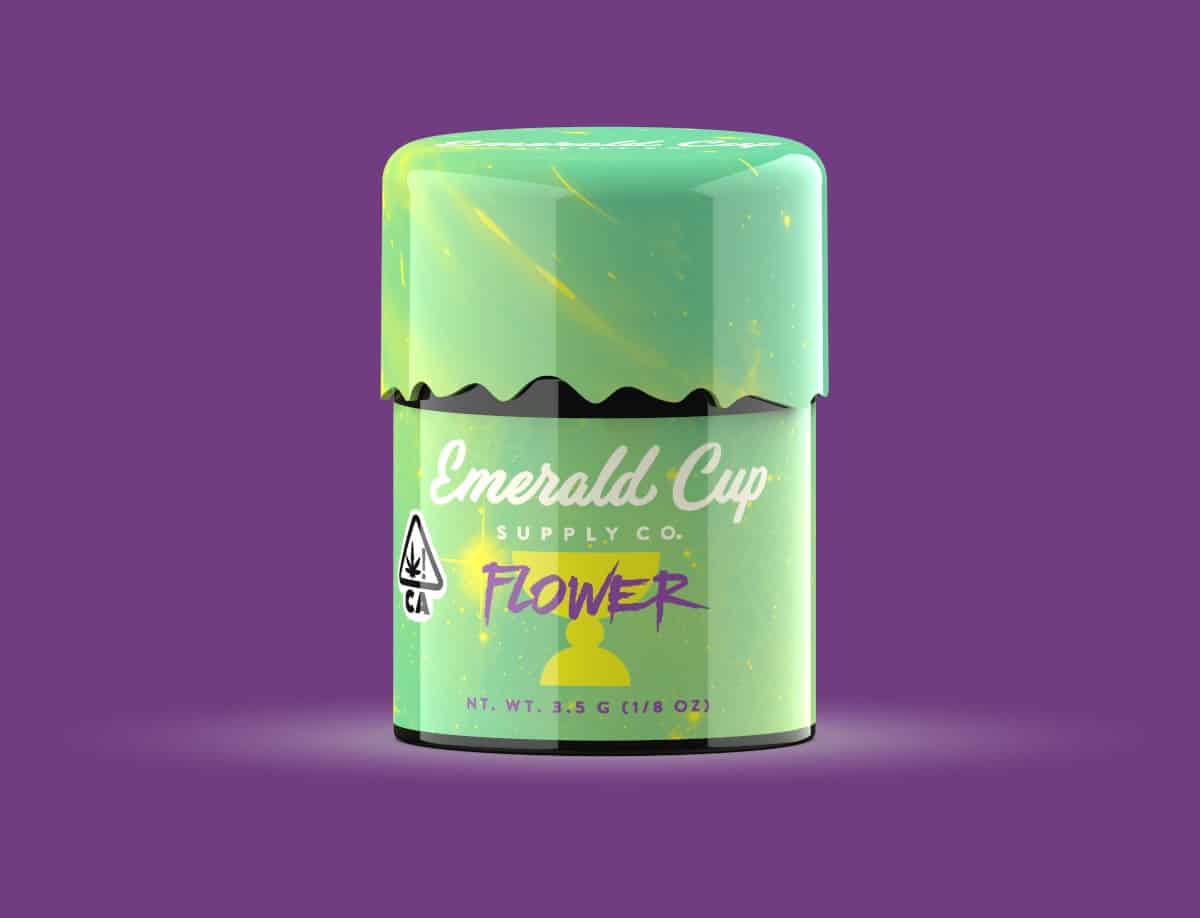
As 2019 came to a close, it marked the end of a wild decade in weed but the beginning of a powerful new partnership between Emerald Cup Supply Co. and Rosette Wellness. As a vertically integrated operation, Blake and Rose maintain full quality control over every step of the cultivation and manufacturing processes to ensure the products put out under the collaborative banner always meet the high standards set by the two survivors.
For Cali’s cannabis consumers, this means they finally will get what they’ve paid for! Truly top-shelf cannabis flower, solventless rosin extracts, bud-stuffed pre-rolls, safe/clean vaporizer cartridges and, of course, Rose’s highly effective line of tinctures and wellness products.
“I’m very honored to be with Harry,” said Tim. “I’m an outlaw/advocate/evangelist/willful/ballsy person who did the Cup. I’m not a genius. Harry Rose is a genius.”
Rose’s resume includes in-depth studies on the effects of cannabinoid consumption in more than 10,000 humans and more than 2,000 pets. This is simply unrivaled in the regulated cannabis market and instantly makes Rosette a beacon for Californians in need of real healing. You simply cannot fake that…although plenty of brands are trying.
The partnership comes nearly four years after Cali voters passed Proposition 64 to establish the new recreational cannabis market, but it should benefit from “second mover” status, meaning many of the all-hype/no-heart brands that launched first are now folding up, making space in the market for legit players like Emerald Cup Supply Co. and Rosette Wellness.
As an avid cannabis consumer myself, I know I seek out dispensaries and delivery services that offer brands I recognize as being steeped in authentic cannabis culture. Honoring these brands is, in my opinion, the best way for the regulated market to find its stride.









